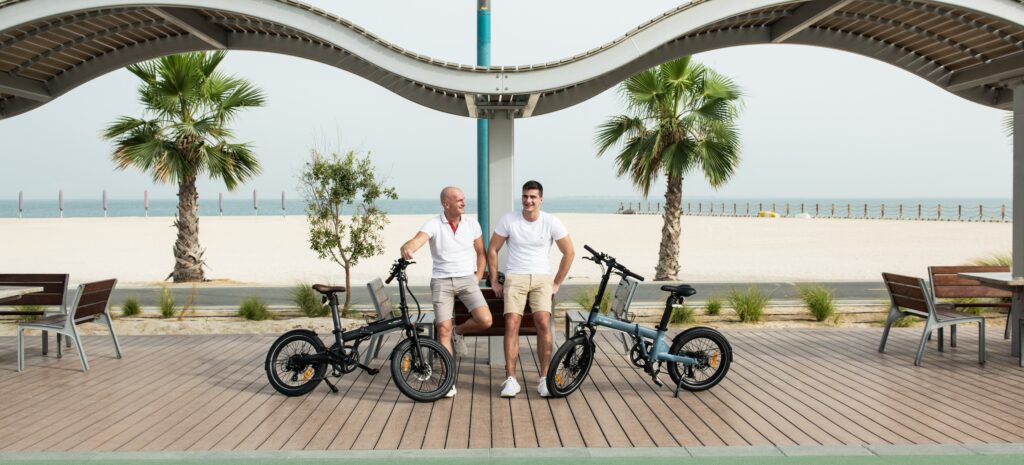The National Centre of Meteorology (NCM) has warned of dust blowing and low clouds forming in some parts of the nation today that could lead to dust storm in the UAE, Thursday, September 8.
The NCM said in its weather forecast that the weather will be dusty in general, with some low clouds forming over the eastern coast by morning. There is also a chance of rain showers over some eastern and northern areas.
The wind will be light to moderate, freshening at times, especially over the coastal areas.
The maximum temperature in Dubai and Sharjah is expected to be 43 degrees Celsius, while the minimum temperature is expected to be 25 degrees Celsius.
In Abu Dhabi, the maximum temperature is expected to be 44 degrees Celsius, while the minimum temperature is expected to be 26 degrees Celsius.
The NCM has advised motorists to be cautious due to the dusty weather conditions. They have also advised people to avoid outdoor activities if possible.
The history of a Dust Storm in the UAE
Dust storms are a common occurrence in the UAE, especially during the summer months. They are caused by strong winds that pick up sand and dust from the desert.
Dust storms can cause a number of problems, including reduced visibility, respiratory problems, and traffic accidents. They can also damage property and crops.
The NCM issues warnings about dust storms in advance so that people can take precautions. These precautions include staying indoors, wearing a mask if you must go outside, and driving slowly and carefully.
How to Stay Safe During a Dust Storm
If you are caught in a dust storm, there are a few things you can do to stay safe:
- Stay indoors if possible.
- If you must go outside, wear a mask to protect your lungs.
- Drive slowly and carefully.
- Be aware of your surroundings and avoid driving in areas with poor visibility.
- If you are in a car, pull over to the side of the road and wait for the storm to pass.
Tips for Driving in Dusty Conditions
If you must drive in dusty conditions, there are a few things you can do to make it safer:
- Turn on your headlights, even during the day.
- Slow down and leave more space between you and the car in front of you.
- Avoid tailgating.
- Be prepared to stop suddenly.
- If you lose visibility, pull over to the side of the road and wait for the storm to pass.
The Impact of Dust Storms on the Environment
Dust storms can have a significant impact on the environment. They can pollute the air and water, and they can also damage crops and vegetation.
Dust storms can also contribute to climate change. When dust particles are blown into the atmosphere, they can trap heat, which can lead to global warming.
The Future of Dust Storms in the UAE
The frequency and intensity of dust storms in the UAE are expected to increase in the future. This is due to a number of factors, including climate change, desertification, and urbanization.
Climate change is causing the Earth’s temperature to rise. This is leading to more evaporation, which is increasing the amount of dust in the atmosphere.
Desertification is the process of land becoming desert. This is caused by a number of factors, including climate change, overgrazing, and deforestation. Desertification is increasing the amount of dust in the atmosphere.
Urbanization is the process of land being converted to urban areas. This is leading to more concrete and asphalt, which are not able to absorb water. This is increasing the amount of dust in the atmosphere.
The NCM is working to improve the early warning system for dust storms. They are also working to educate the public about the dangers of dust storms and how to stay safe.
I hope this article has given you a better understanding of the UAE weather and the impact of dust storms. If you have any questions, please feel free to ask.




